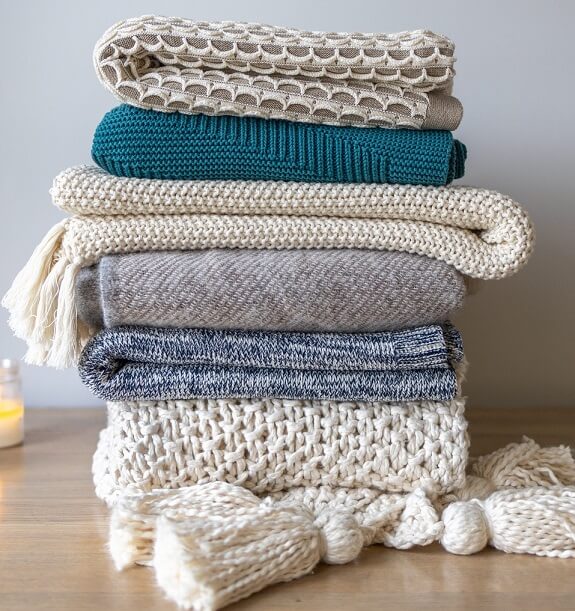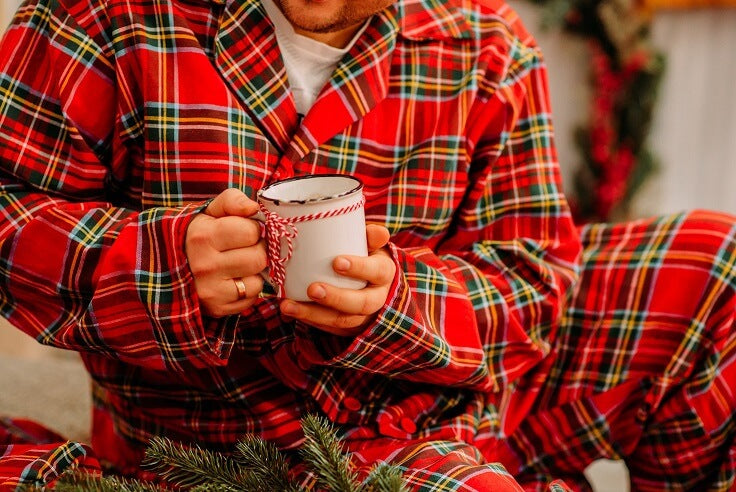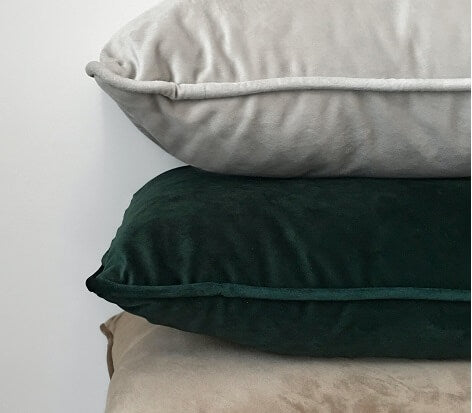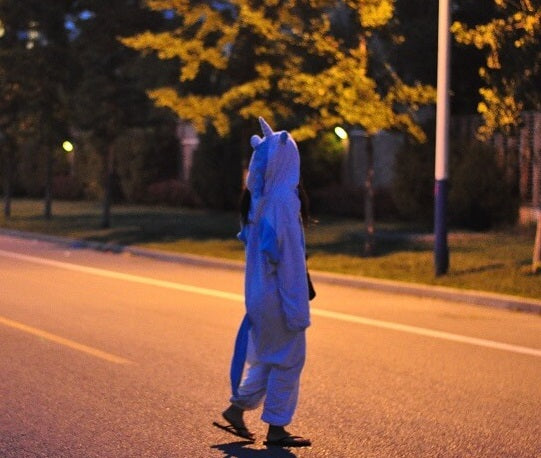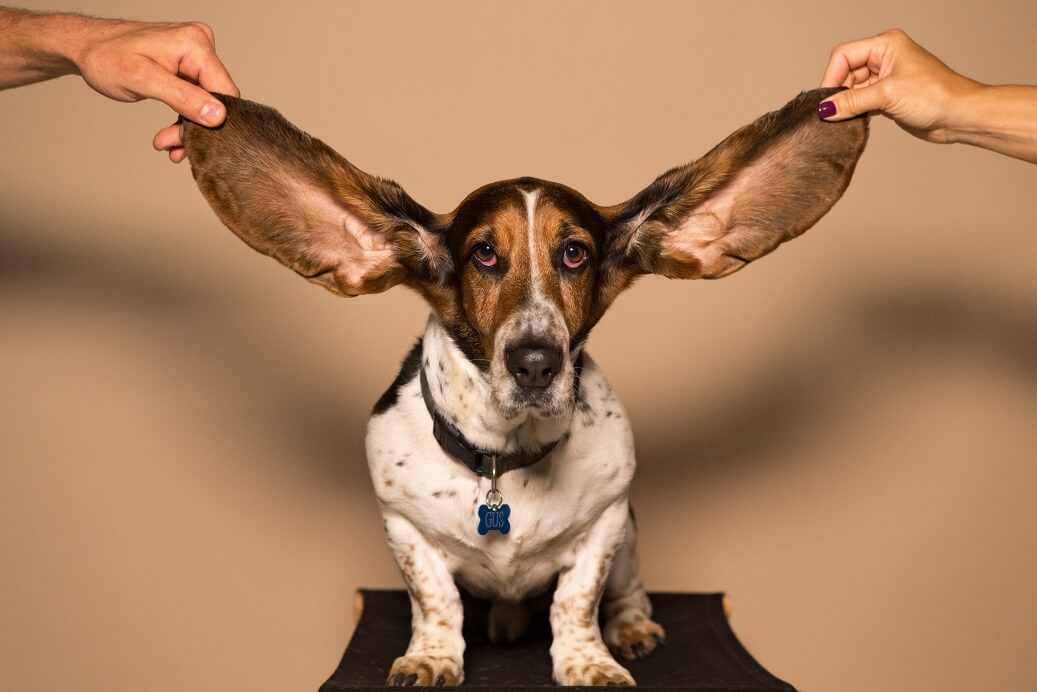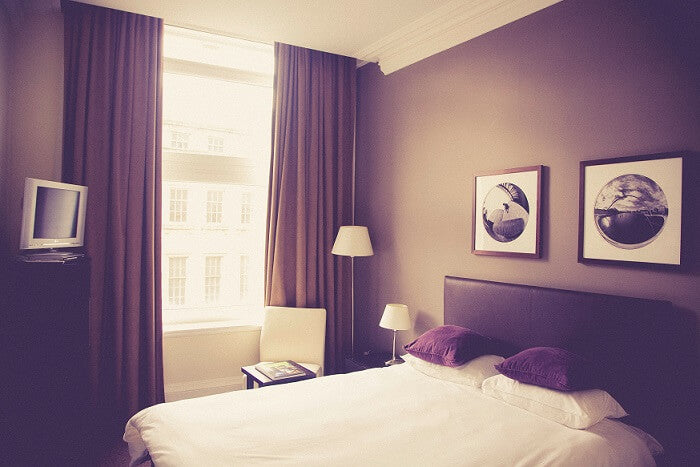Have you ever wondered why we call our sleeping garments "pajamas"? We use this term all the time, but many of us don't know why it originated. In this blog post, we'll answer the question: why are they called pajamas? We'll explore the history behind this term and how it has evolved over time. Keep reading to find out more!

The word pajama has a long history
Have you ever stopped to wonder why we call our sleeping garments pajamas? The origin of the word is actually quite interesting. It is derived from the Persian word "paejama" which means leg garment. This refers to the loose-fitting trousers that were originally worn as sleepwear in Persia and India.
The concept of pajamas began in the East where they were seen as a practical and comfortable option for sleepwear. The original pajamas were made of lightweight fabrics such as cotton or silk, and were designed to keep the wearer cool in the hot climates of these regions.
As the world began to open up through trade and exploration, Westerners were introduced to the idea of pajamas. During the Victorian era, British colonists in India began to adopt the practice of wearing pajamas for sleeping. They appreciated the comfort and ease of the loose-fitting garment, and soon pajamas began to spread throughout the West.
Today, pajamas come in all shapes and sizes. They can be made from a variety of materials, including flannel, fleece, and even silk. Some people prefer more fitted styles, while others still prefer the loose-fitting design that was so popular in the East. No matter your preference, one thing is clear: pajamas have come a long way since their humble origins as leg garments in Persia.
Pajama is derived from the Persian word for leg
Have you ever wondered why we call our sleeping garments pajamas? The word itself has an interesting history. It turns out that pajama comes from the Persian word “paejama,” which means “leg covering.”
The original pajamas were loose fitting and comfortable, perfect for lounging or sleeping in. The Persian people wore these garments for centuries before the idea made its way to the Western world.
Pajamas as we know them today really took off in the Victorian era. Women’s nightwear became more feminine, often adorned with lace and ruffles. Men’s pajamas were also popular, typically made of flannel and featuring a button-up front.
Since then, pajamas have come a long way. You can now find them in a variety of styles, fabrics, and patterns. From silky sets to cozy cute onesies for women, there’s a pair of pajamas out there for everyone. But no matter how they look or feel, we’ll always know them by their original name – pajamas.
The original pajamas were loose fitting and comfortable
Pajamas have come a long way from their origins in the Middle East. In the beginning, they were a symbol of luxury and comfort, reserved for the upper classes. These early versions were typically made of silk or cotton and were loose fitting to allow for maximum comfort and ease of movement.
The traditional style of pajamas consisted of a jacket top with a button-up front and loose-fitting pants that were tied at the waist with a drawstring. They were designed to be lightweight and breathable, making them ideal for hot climates.
These pajamas were often adorned with intricate patterns and designs, showcasing the skill of the craftsmen who created them. Some were even embroidered with gold or silver thread to add an extra touch of elegance.
In the Western world, pajamas became popular in the late 19th century during the Victorian era. They were seen as a symbol of wealth and leisure, worn by the upper classes as they lounged in their homes.
Today, pajamas come in all shapes and sizes, from classic two-piece sets to trendy onesies and everything in between. Regardless of their style, pajamas remain a symbol of comfort and relaxation, allowing us to unwind after a long day and get a good night's sleep.
Pajamas became popular in the West in the Victorian era
During the Victorian era in England, there was a growing fascination with exotic cultures and their clothing. This interest led to the introduction of "pajamas" to the Western world. The term "pajama" was first used in the English language in the early 1800s, but it wasn't until the late 1800s that pajamas became popular as sleepwear for men.
In the Victorian era, people began to embrace the idea of leisure time and relaxation. Men were no longer expected to be dressed in formal attire at all times and could wear comfortable clothing in their own homes. The pajama, with its loose-fitting design and comfortable fabric, was the perfect choice for men to wear while relaxing or sleeping.
Pajamas were also a status symbol during this time. Wealthy men would wear silk pajamas, which were a luxury item, while middle-class men would wear cotton or flannel pajamas. Pajamas quickly became a fashion statement, and men would even wear them outside of their homes, particularly while on vacation.
Women also began to wear pajamas in the late Victorian era, but it wasn't until the 1920s that pajamas for women became widely accepted as sleepwear.
Today, pajamas come in all shapes and sizes, from the traditional two-piece sets to onesies and nightgowns. The word "pajama" has also evolved, with many people now referring to them as "PJs" or "jammies."

Today, pajamas come in all shapes and sizes
In the past, pajamas were pretty much just loose-fitting garments worn for sleeping. Nowadays, however, they've become a fashion statement all on their own, with countless styles, fabrics, and designs to choose from.
From silk pajama sets to onesies with cartoon characters on them, there really is no limit to what kind of pajamas you can find on the market today. Some people even wear pajamas as loungewear during the day, making them an even more versatile part of the wardrobe.
One trend that's been growing in recent years is matching family pajamas. Many retailers now offer sets of matching pajamas for families, often with fun patterns or prints. This trend has become particularly popular around the holidays, with families wearing matching pajamas in their Christmas photos.
Another popular type of pajamas are those made from eco-friendly materials. More and more consumers are looking for sustainable options in all areas of their lives, and that includes their sleepwear. Pajamas made from bamboo, organic cotton, or recycled materials are now widely available and sought after.
Whether you prefer your pajamas classic and simple or bold and quirky, there's no denying that they've come a long way from their humble origins. From Persia to the Victorian era to modern day, pajamas have endured as a comfortable and beloved piece of clothing that we'll likely be wearing for centuries to come.

